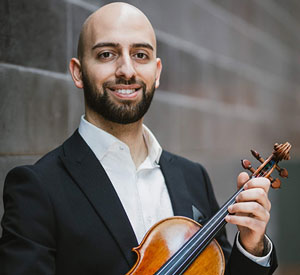
Born in Los Angeles, Jonathan started his violin studies at seven and gave his first solo recital at the age of eleven. He earned a M.Mus. in violin performance studying with renowned violinist Ilya Kaler and has performed with orchestras including the Winnipeg Symphony, Chicago Civic Orchestra, and London Symphonia.
We are fortunate to have Jonathan Garabedian as a guest contributor with his five essential tips when getting started on the violin. Please leave your comments below.
1. Make sure the violin is resting on your collarbone.
An easy way to set up the violin position is to lightly touch the end pin to the centre of your neck. If you have a side-mounted chinrest, make sure the clamping bars of the chin rest are resting on your collarbone. Some people may find this irritates or pinches the skin in which case a thin cloth covering the chinrest would be recommended.
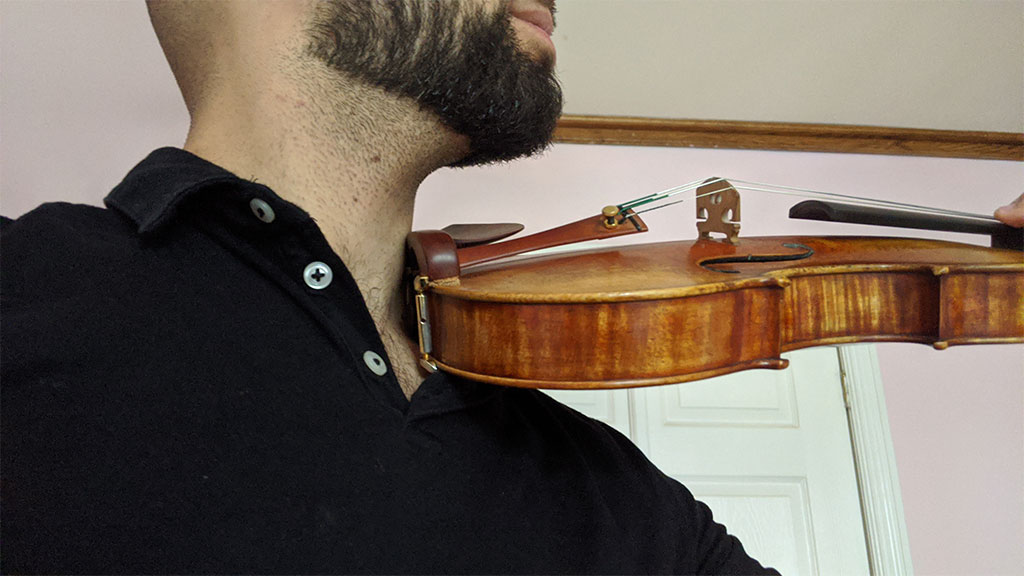
2. The “Heifetz” Pose
The famous violinist and pedagogue Pinchas Zukerman always advocates that we hold the violin scroll high enough, so it is parallel with our nose. This is the so-called “Heifetz” pose and helps with projecting our best sound.
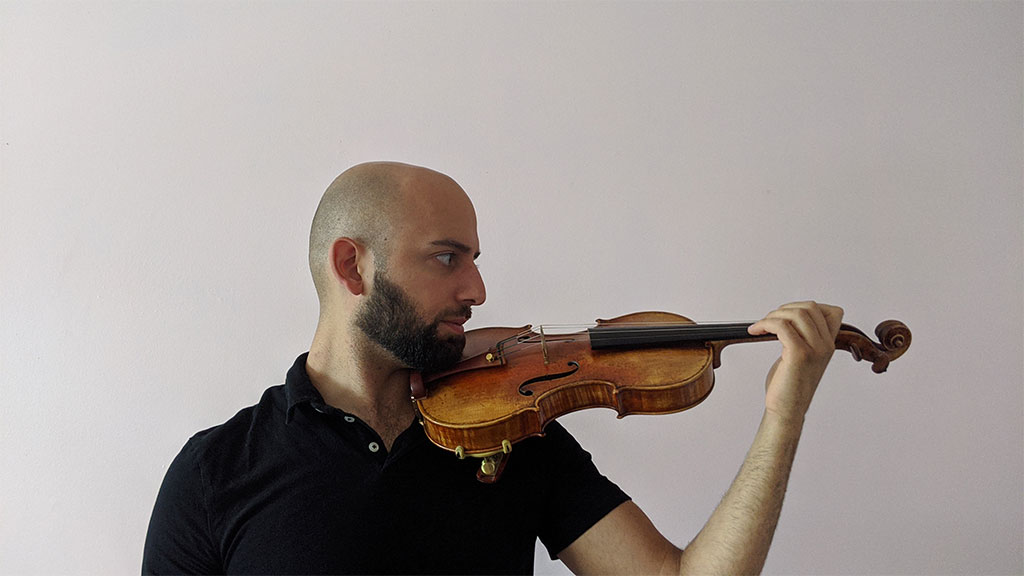
3. Playing with a “straight” bow
Playing with a “straight” bow is one of the first techniques we must learn! A straight bow means that the stick of the bow is parallel with the bridge. Practicing in front of a mirror helps to adjust the bow for the optimal angle.
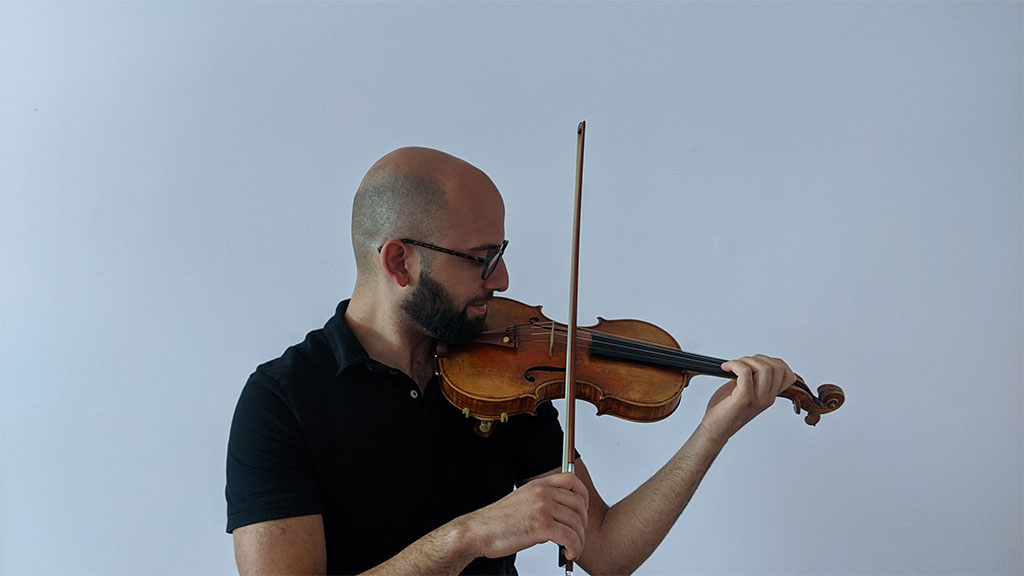
4. A relaxed, flexible bow hold
A relaxed and flexible bow hold can take months to master! However, if we focus our attention on keeping the thumb bent, pinky curved, and knuckles soft and springy, this will help to eliminate most issues!
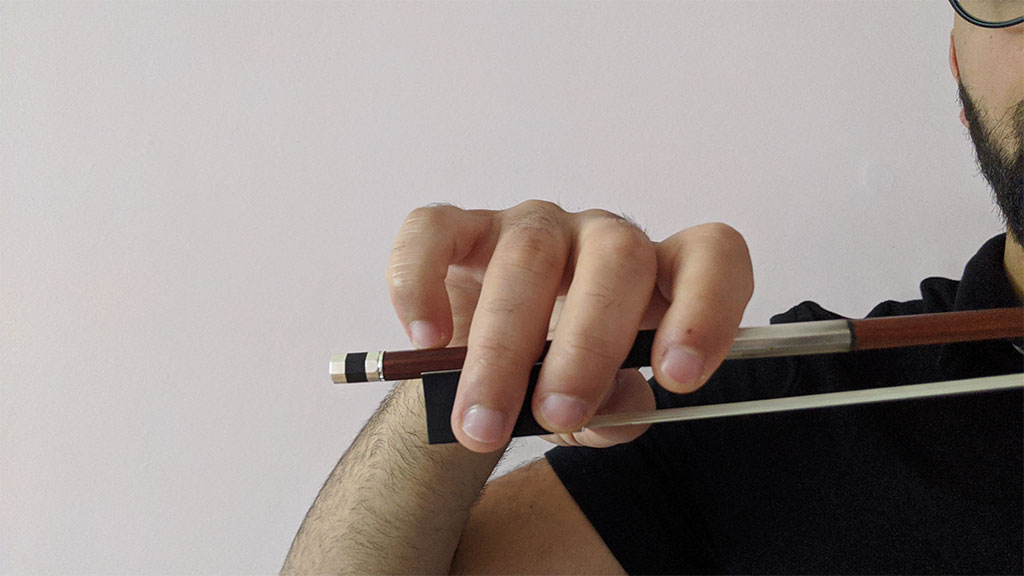
5. The length of our pinky finger
When setting up the left hand, it is vital to consider the length of our pinky finger. Generally, the shorter the pinky finger, the more you must rotate your elbow to the right to ensure the pinky stays curved when placed on the string.
Players with longer pinky fingers can get away with letting the elbow hang more towards the left. The ideal left-hand position is when all fingers (except the thumb) are close to the same height as possible.
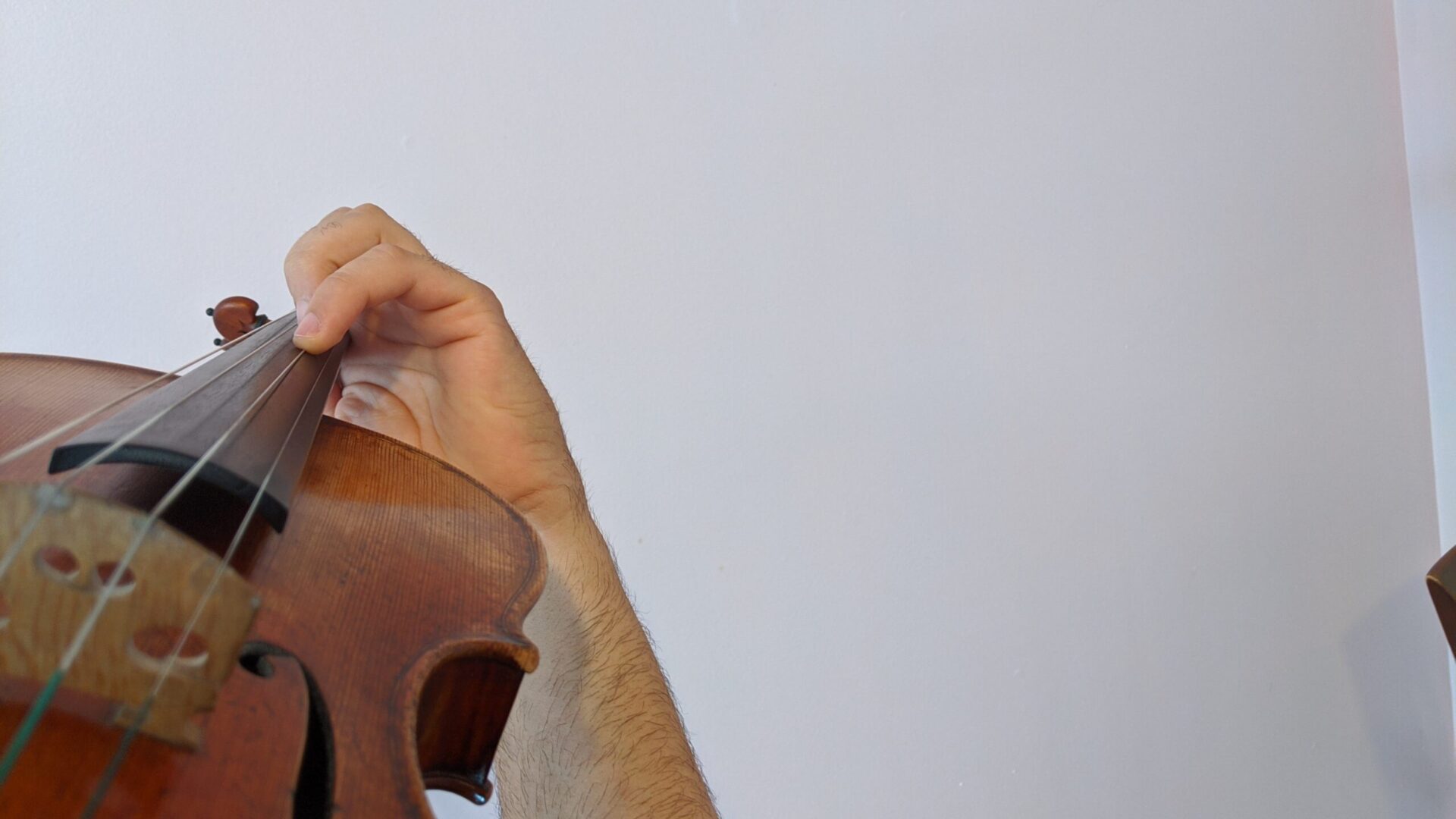
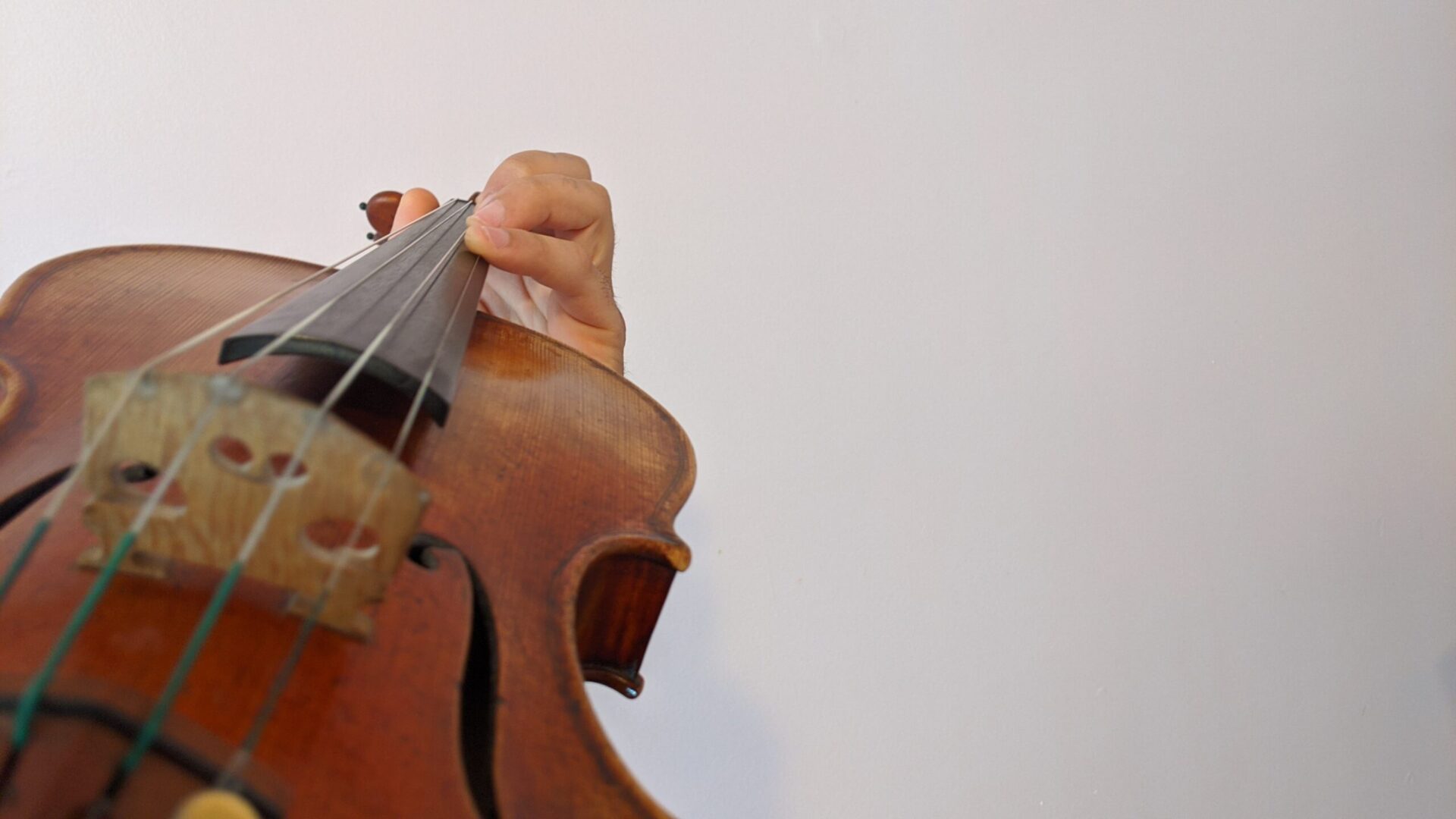
Ok, that’s it for now. Check back often for more violin lessons and tips and vote in the poll below to see the results.
[yop_poll id=”6″]
Fiddle Tab – Traditional Collection
Can’t read music? Try Fiddle Tab. A fun and easy way to learn traditional fiddle tunes.
Fiddle Tab – Holiday Collection
“Fiddle Tab Holiday Classics” 30-holiday classics for violin/fiddle with big letter notes and easy read tablature. How to read tab and fingerboard charts included. Also, guitar chords and lyrics to sing along. Perfect for beginners and the visually impaired.
Fiddle Tab – Celtic Collection
Can’t read music? Try Fiddle Tab. A fun and easy way to learn Celtic fiddle tunes with easy-to-read fiddle tablature with big notes with letters inside. 30 of the most requested Celtic session tunes – jigs, reels, hornpipes, and waltzes. Great for beginners and visually impaired. below.
30 Celtic Fiddle Tunes with Easy Read Tablature and Notes.
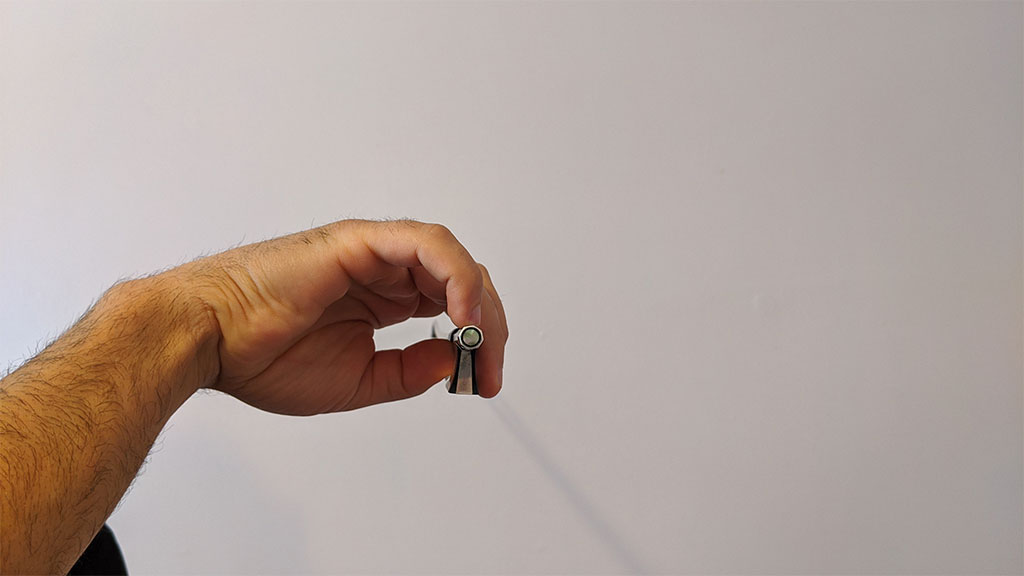
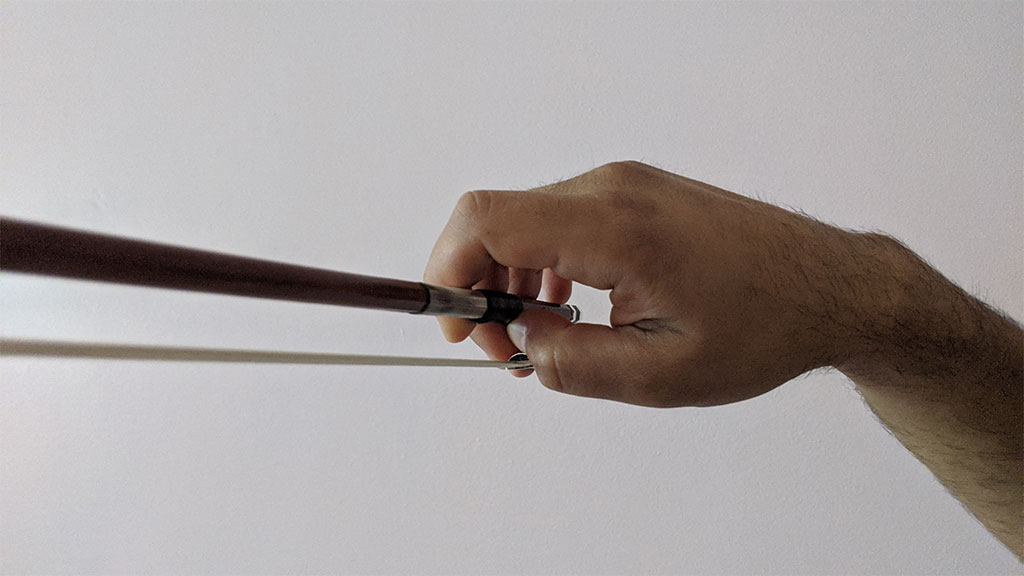
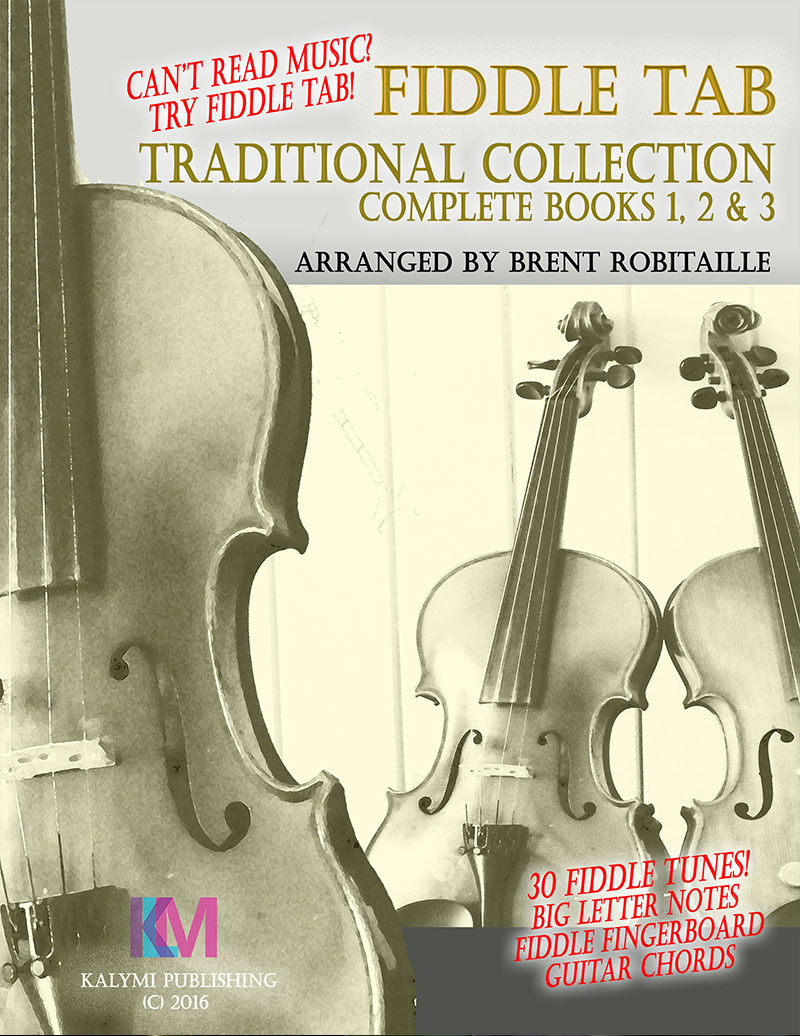
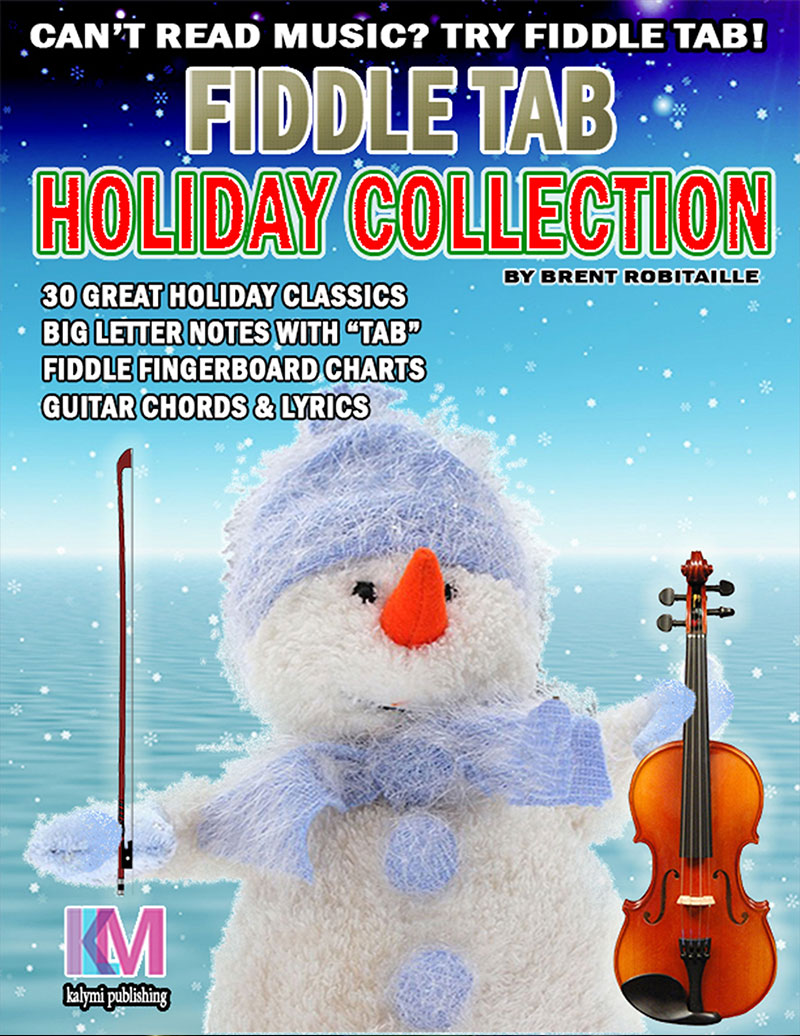
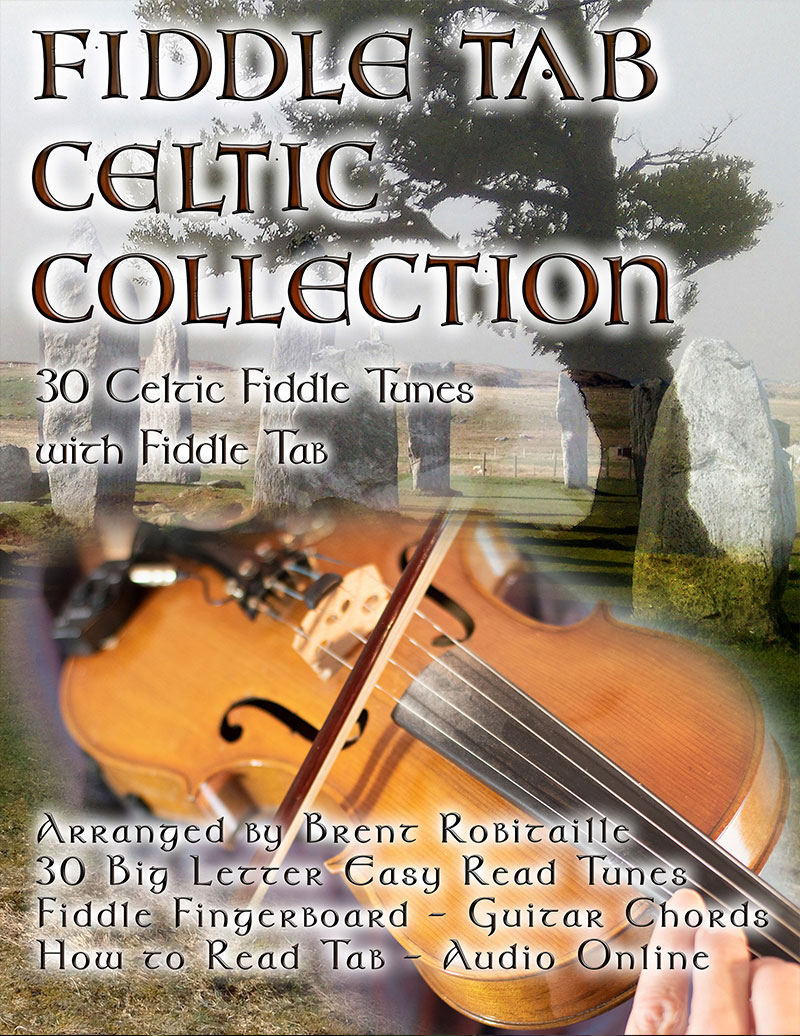
Recent Comments